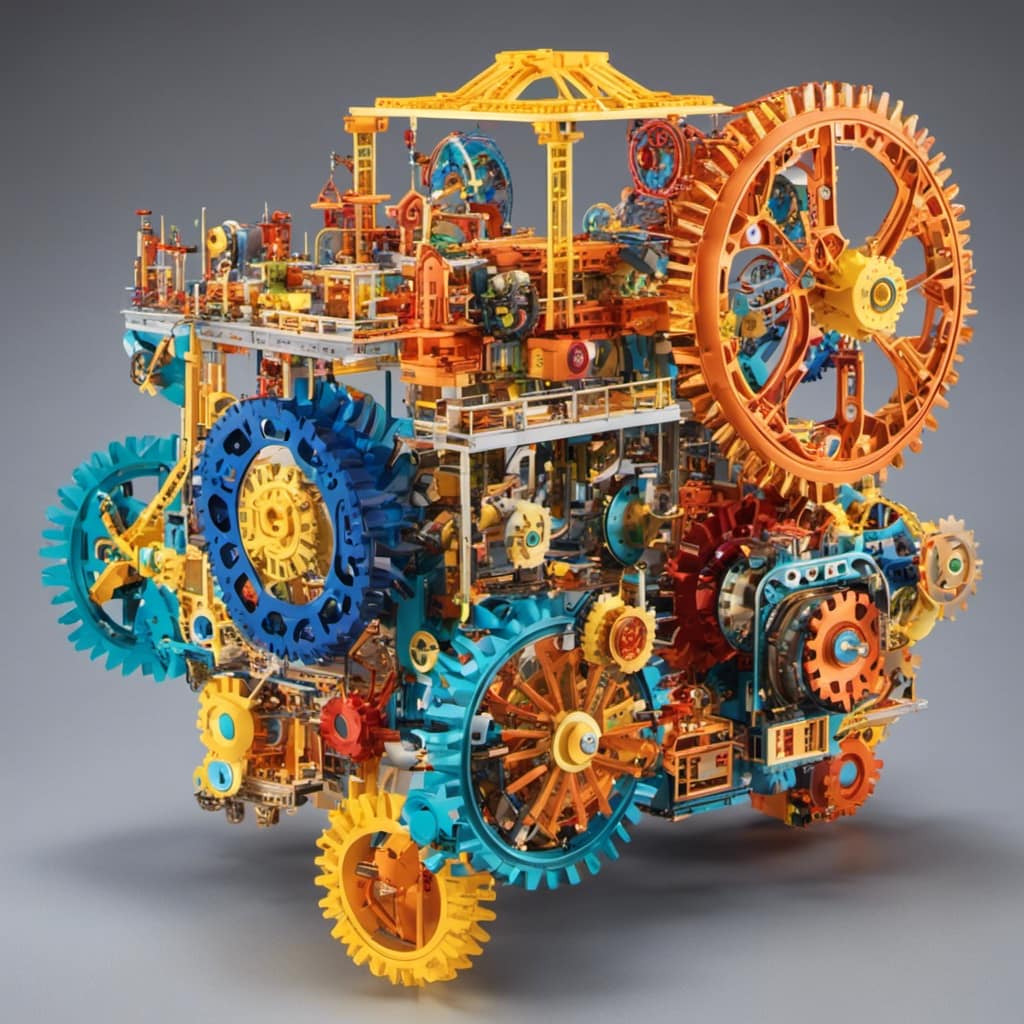Always searching for toys that can entertain and educate my child, I discovered a hidden gem – STEM toys. These amazing toys not only keep them engaged, but also ignite their curiosity and imagination. The perfect blend of fun and learning in one package! This is why I am excited to share the details about these incredible toys.
These innovative playthings not only provide endless hours of fun but also ignite young minds in ways you wouldn’t believe. From building and construction sets to coding and programming toys, STEM toys offer a world of hands-on learning and skill development.
So, let’s dive into the captivating world of STEM toys for preschoolers and see how they can truly ignite young minds.
Key Takeaways
- STEM toys promote essential skills for future success in preschoolers, including hands-on learning, cognitive development, curiosity, imagination, creativity, and social and emotional development.
- Building and construction toys, such as magnetic building blocks and engineering construction sets, help develop early math concepts, spatial reasoning skills, problem-solving, critical thinking abilities, and promote creativity.
- Coding and programming toys, like coding robots, provide a tangible experience for hands-on learning, enhance problem-solving skills, encourage creativity and imagination, and promote collaboration and communication through group activities.
- Science and experimentation toys, such as science experiment kits and electronic circuit kits, offer hands-on learning experiences, develop critical thinking, problem-solving abilities, foster curiosity, and cultivate a love for science.
The Benefits of STEM Toys for Preschoolers
STEM toys have numerous benefits for preschoolers. They promote essential skills for future success and foster curiosity, imagination, and creativity. Hands-on learning is crucial in STEM education. It allows children to actively engage with concepts and enhance their understanding and retention.
By manipulating building blocks, children develop early math concepts and spatial reasoning skills. Coding robots provide a tangible experience for hands-on learning. They encourage problem-solving skills and promote collaboration. Science experiment kits allow children to conduct experiments at home. This fosters curiosity and critical thinking.
Math manipulatives and puzzle games facilitate hands-on learning and aid in grasping abstract concepts. The importance of hands-on learning in STEM education cannot be overstated. It nurtures a love for learning, enhances cognitive abilities, and lays a solid foundation for future academic pursuits.

Building and Construction Toys for Cognitive Development
I love how building and construction toys enhance my cognitive development through hands-on learning and problem-solving.
- Building and construction toys foster creativity and imagination as I design and build structures.
- Hands-on learning with these toys helps me understand spatial relationships and develop fine motor skills.
- Problem-solving skills are honed as I figure out how to make my creations stable and balanced.
Using building and construction toys not only provides me with endless fun, but it also promotes critical thinking and logical reasoning. I learn to think outside the box and find innovative solutions to challenges. These toys encourage me to experiment, make mistakes, and learn from them.
Through hands-on learning, I develop a deeper understanding of concepts like geometry and engineering. Overall, building and construction toys offer an engaging and interactive way to enhance my cognitive development while having a blast.
Enhancing Mathematical Skills With Manipulatives and Puzzle Games
Using manipulatives and puzzle games has greatly improved my mathematical skills. It has enhanced my understanding of abstract concepts and developed my problem-solving abilities.
Incorporating STEM toys into early childhood math education is a fantastic way to engage preschoolers and make learning fun.
Mathematical manipulatives, such as counting cubes and base-ten blocks, provide a hands-on approach to learning numbers and place value. They allow children to visualize and internalize mathematical ideas through physical manipulation.
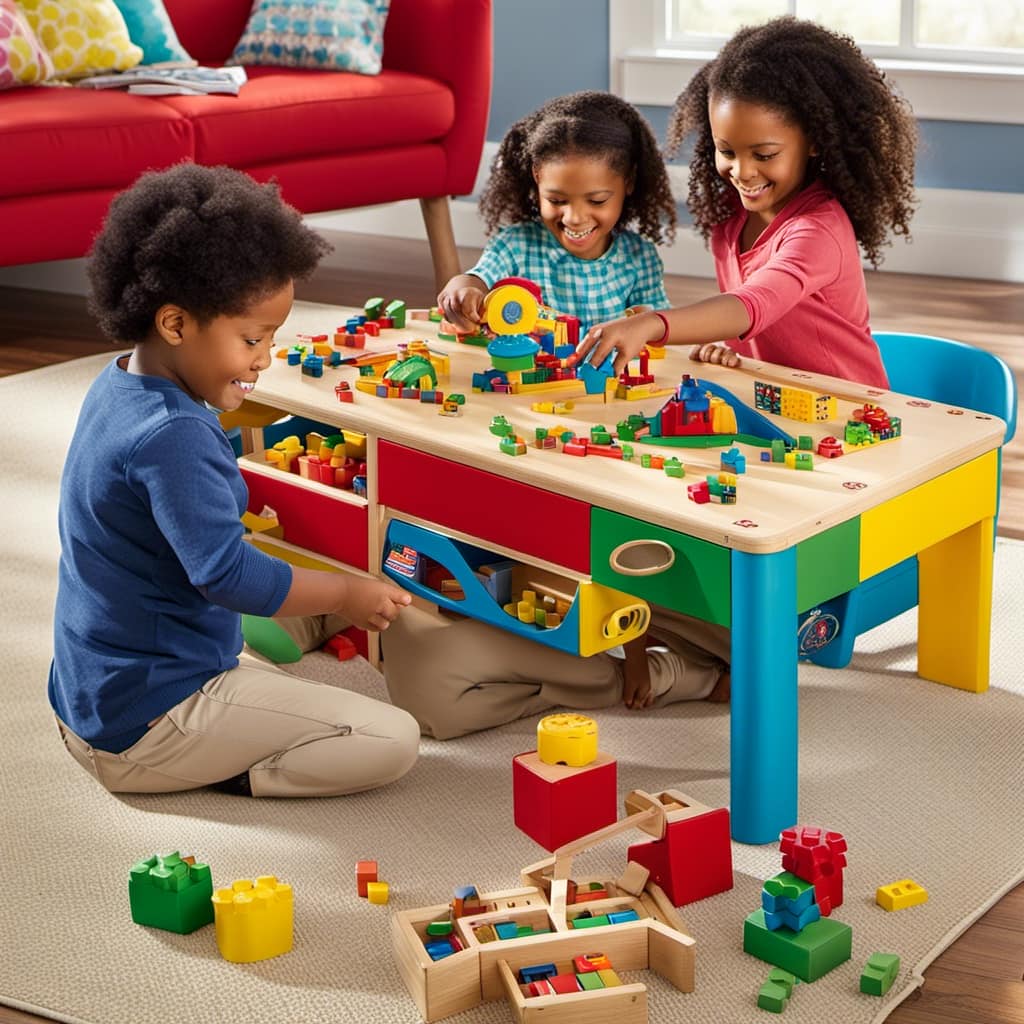
Puzzle games, on the other hand, improve cognitive abilities like pattern recognition and critical thinking. They challenge children to think logically and strategically, strengthening their analytical skills.
Coding and Programming Toys for Problem-Solving Skills
Coding robots offer an interactive and engaging way for children to develop problem-solving skills by programming them to perform specific tasks. Here are three reasons why coding and programming toys are beneficial for young learners:
-
Hands-on learning: Children can physically interact with the robots, allowing them to experience programming concepts in a tangible way.
-
Collaborative coding: Coding robots encourage teamwork and collaboration as children work together to program the robots and solve coding challenges.
-
Interactive programming: With coding toys, children have the opportunity to see the immediate results of their coding instructions, which boosts their motivation and engagement.
Sparking Curiosity and Imagination With Science Experimentation Toys
Engaging with science experimentation toys fuels my curiosity and imagination, allowing me to explore and discover the wonders of the world around me.

These hands-on toys spark curiosity by encouraging me to ask questions and seek answers through experimentation. Whether it’s conducting chemistry experiments or exploring the principles of physics, these toys provide a tangible and interactive experience that brings science to life.
Through hands-on experimentation, I am able to observe cause and effect, make predictions, and draw conclusions. This not only deepens my understanding of scientific concepts, but also cultivates critical thinking and problem-solving skills.
Science experimentation toys ignite a passion for discovery and inspire me to continue exploring the mysteries of the natural world.
Developing Spatial Reasoning With STEM Toys
Creating three-dimensional structures with building and construction toys enhances my spatial reasoning skills and fosters creativity and problem-solving abilities. It’s amazing how something as simple as playing with blocks can have such a profound impact on preschoolers’ cognitive development.
Here are a few ways that block play helps in developing spatial reasoning:
- Manipulating different shapes and sizes of blocks helps children understand spatial relationships and how objects fit together.
- Building structures requires planning and problem-solving, as children figure out how to balance and stabilize their creations.
- Through block play, children learn to visualize and mentally rotate objects in their minds, which is an essential skill for tasks like reading maps or solving puzzles.
STEM toys, like building and construction toys, provide an engaging and hands-on way for preschoolers to develop these crucial spatial reasoning skills.
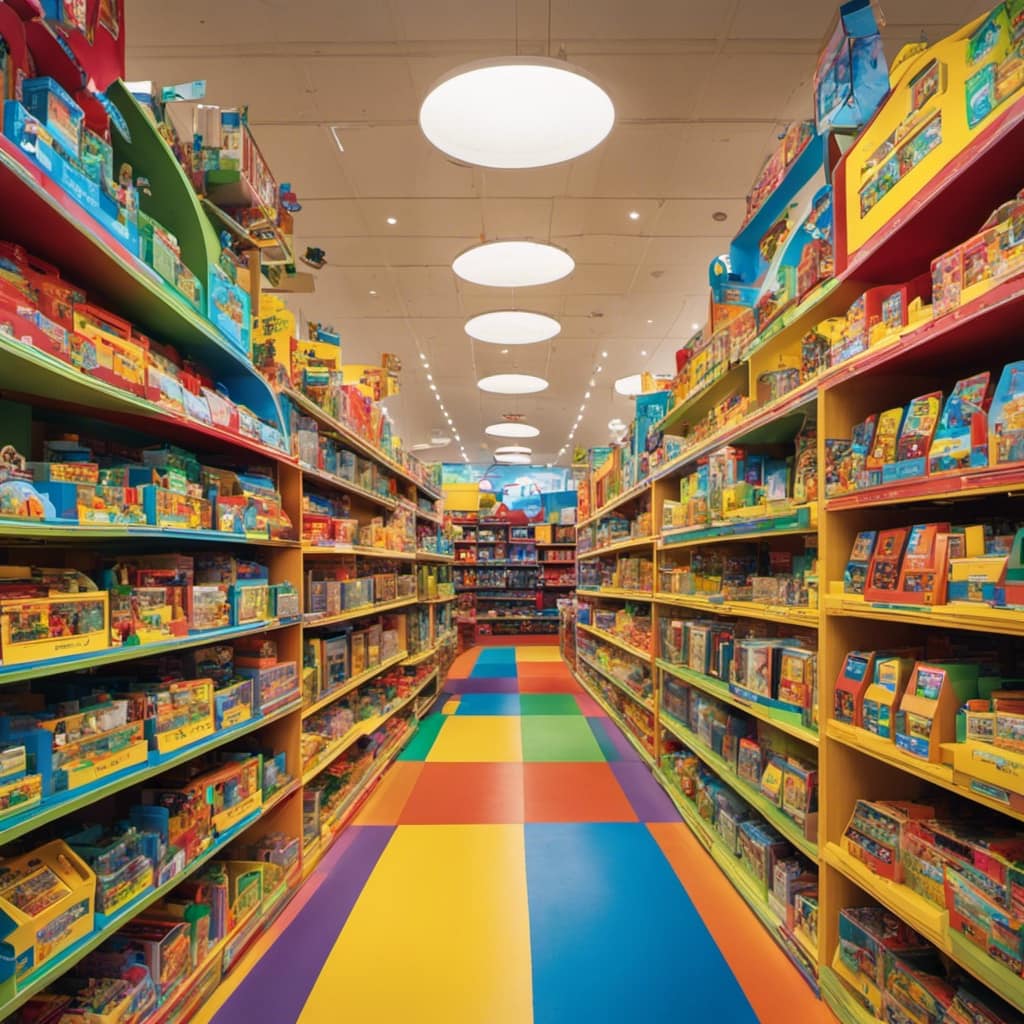
Fostering Collaboration and Communication With Coding Robots
In my previous subtopic, I talked about the importance of developing spatial reasoning skills with STEM toys. Now, let’s shift our focus to another crucial skill that can be fostered through STEM toys: collaboration and communication.
One of the best ways to promote teamwork and cooperation in preschoolers is by engaging them in coding activities with robots. These coding robots provide a hands-on learning experience that encourages problem-solving skills. Children can work together in groups, programming the robots to perform various tasks.
This collaborative coding experience not only enhances their coding abilities but also develops their communication skills. Through these activities, children learn to express their ideas, listen to others, and work together towards a common goal.
It’s amazing to see how coding robots offer a fun and interactive way for young children to learn computer programming while also building essential teamwork and communication skills.
The Role of STEM Toys in Social and Emotional Development
I’ve noticed that playing with STEM toys can have a significant impact on the social and emotional development of children. Here are a few reasons why:
-
Promoting Empathy:

-
STEM toys often involve collaboration and teamwork, which helps children understand the importance of working together and considering others’ perspectives.
-
By engaging in problem-solving activities with others, children develop empathy as they learn to listen, compromise, and support their peers.
-
Boosting Self-Confidence:
-
When children successfully complete STEM projects or experiments, they gain a sense of accomplishment and build self-confidence.
-
STEM toys provide opportunities for trial and error, allowing children to learn from their mistakes and develop resilience.
-
Enhancing Social Skills:
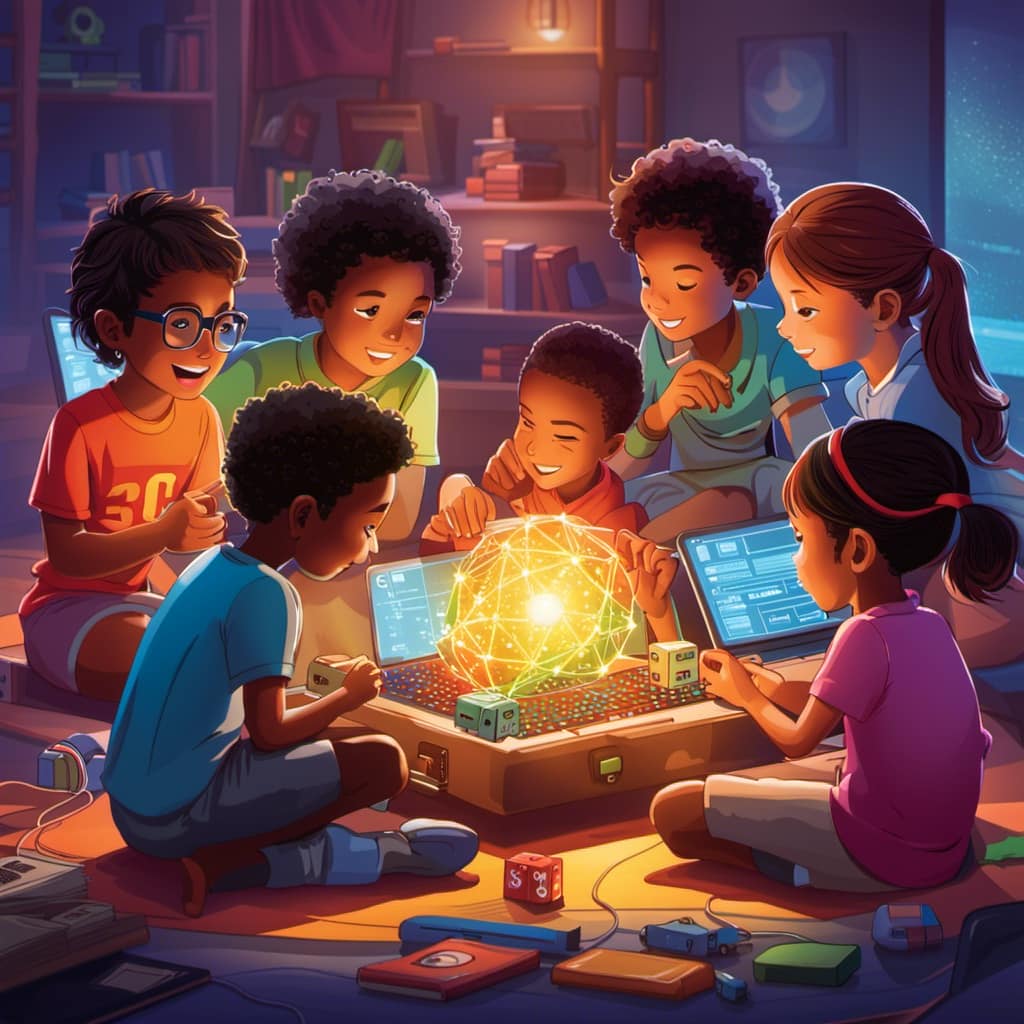
-
STEM toys encourage communication and cooperation, as children work together to solve challenges.
-
By engaging in group activities and discussions, children learn to express their ideas, listen to others, and respect different opinions.
STEM toys not only foster cognitive development but also play a vital role in promoting empathy, self-confidence, and social skills in children.
Exploring the World of Electronics With Circuit Kits
Learning about electronics through circuit kits has been an exciting and engaging experience for me.
Exploring circuit design and delving into hands-on electronics learning has opened up a whole new world of possibilities.
With circuit kits, I have been able to experiment with different components and understand the fundamentals of electricity and conductivity.
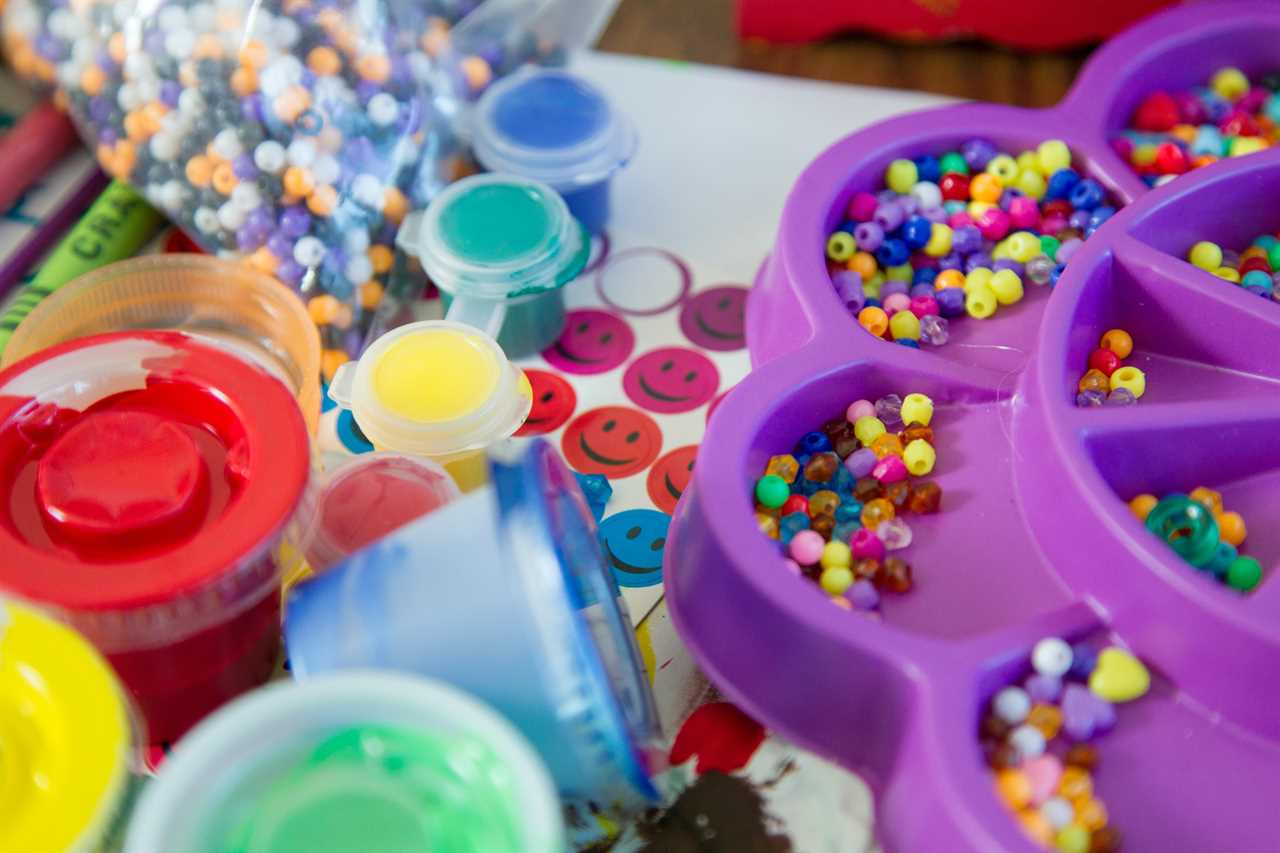
It’s amazing to see how different components interact and how circuits can be created to power various devices.
The hands-on nature of circuit kits allows me to actively participate in the learning process, making it more engaging and memorable.
Not only am I developing problem-solving skills, but I am also fostering creativity and curiosity as I design and troubleshoot circuits.
Circuit kits truly bring the world of electronics to life, making learning both fun and educational.
The Importance of Hands-On Learning in STEM Education
Experiencing hands-on activities in STEM education has allowed me to actively engage with and understand complex concepts. The benefits of hands-on learning in STEM education are immense.
- Interactive STEM education fosters a deeper understanding of abstract concepts by encouraging active participation.
- Hands-on activities promote problem-solving and critical thinking skills, as students learn to apply their knowledge in real-world scenarios.
- Engaging with STEM materials and tools allows for a more interactive and immersive learning experience.
By actively participating in hands-on learning, students not only gain a better grasp of STEM concepts but also develop essential skills for their future success. The benefits of interactive STEM education go beyond academic achievements, as it promotes creativity, collaboration, and self-confidence.
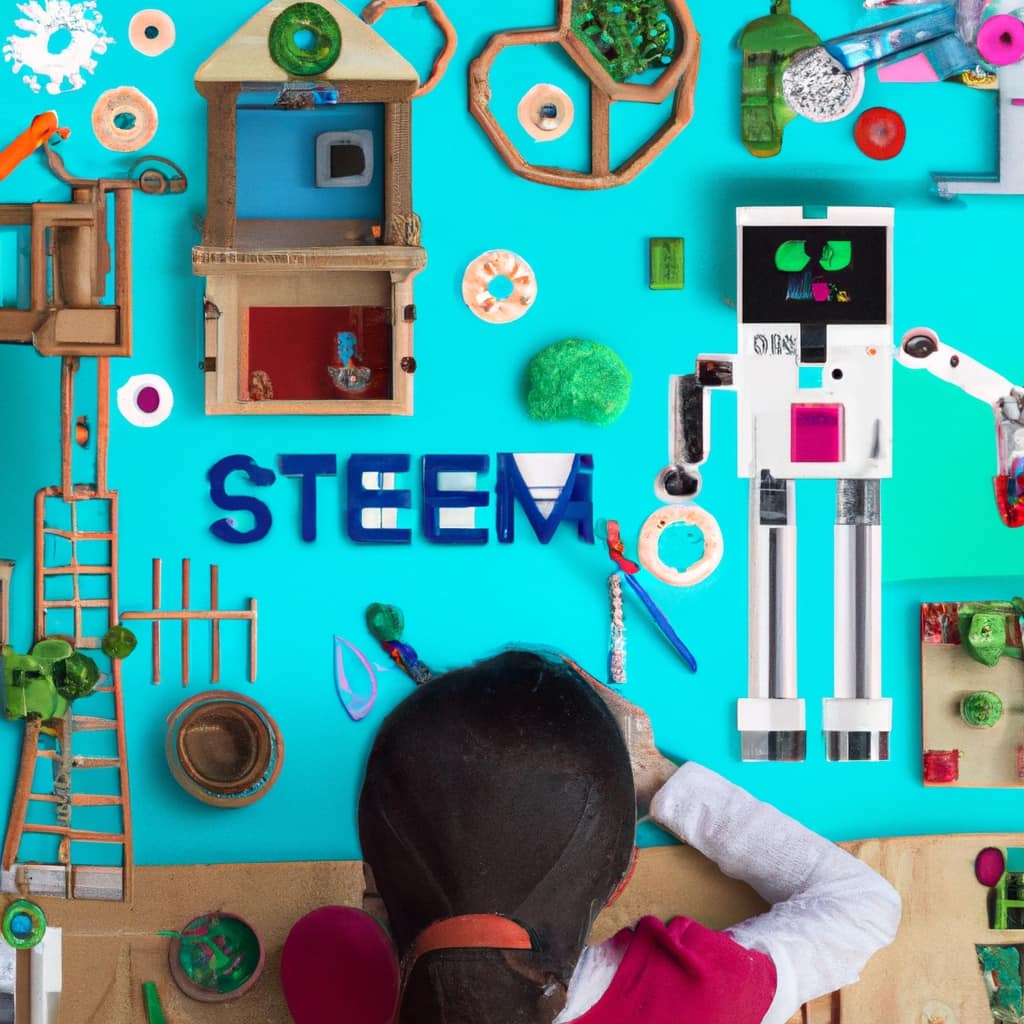
Through hands-on learning, I have discovered the joy of exploring and problem-solving, and I am excited to continue my journey in STEM education.
Frequently Asked Questions
How Do STEM Toys Promote Social and Emotional Development in Preschoolers?
STEM toys promote social and emotional development in preschoolers by fostering problem-solving skills. Play is important for developing empathy, collaboration, and self-confidence. Through hands-on activities, children learn to navigate challenges, communicate effectively, and work together, building essential social and emotional skills.
What Are Some Specific Math Concepts That Can Be Learned Through Building and Construction Toys?
Building and construction toys teach preschoolers spatial reasoning and problem-solving skills. Manipulating magnetic blocks develops early math concepts, while engineering sets promote creativity and overcoming obstacles. These skills lay a foundation for future mathematical and engineering concepts.
How Do Coding Robots Encourage Collaboration and Communication Among Preschoolers?
Coding robots encourage collaboration and communication among preschoolers by engaging them in collaborative problem-solving activities. They learn to work together, share ideas, and communicate effectively to program the robots and achieve their desired outcomes.
What Are Some Examples of Experiments That Can Be Conducted With Science Experiment Kits?
With science experiment kits, you can conduct kitchen chemistry experiments using common household ingredients, exploring chemical reactions. You can also investigate weather phenomena through hands-on experiments, diving into the world of weather science.
How Do Math Manipulatives and Puzzle Games Improve Cognitive Abilities in Preschoolers?
Math manipulatives and puzzle games are like magic wands that transform preschoolers into little problem-solving geniuses. They sharpen spatial reasoning skills, make abstract math concepts tangible, and boost cognitive abilities through hands-on learning. It’s math made fun!
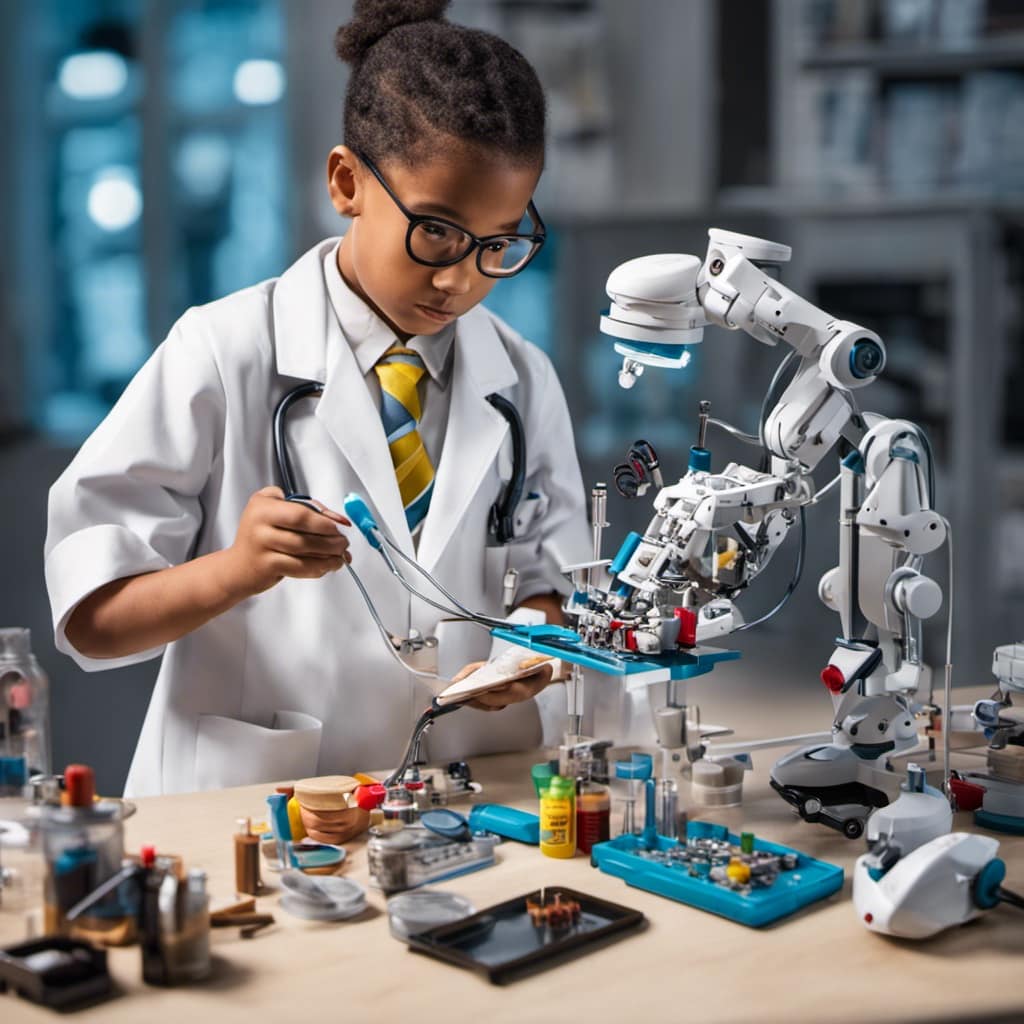
Conclusion
In conclusion, STEM toys for preschoolers are not just playthings, but powerful tools that ignite young minds and set them on a path towards future success. These toys promote essential skills such as problem-solving, creativity, collaboration, and critical thinking, while also fostering social and emotional development.
But, have you ever wondered, what if we didn’t provide these opportunities for our children? Will they miss out on unleashing their full potential? Let’s make sure we give them the best chance possible by embracing the world of STEM toys for preschoolers.
Together, we can inspire a generation of curious and innovative thinkers.






